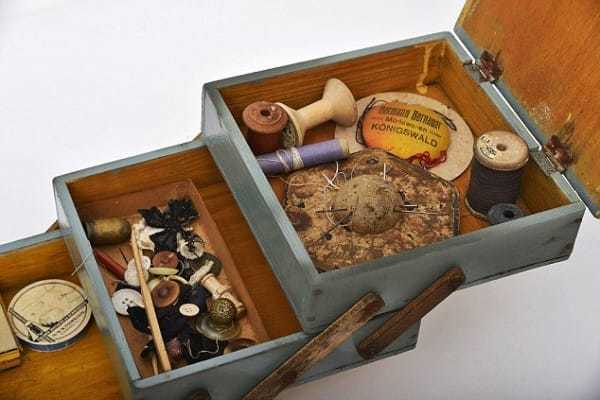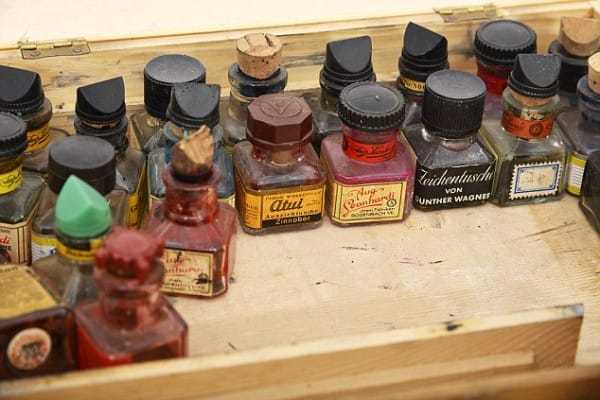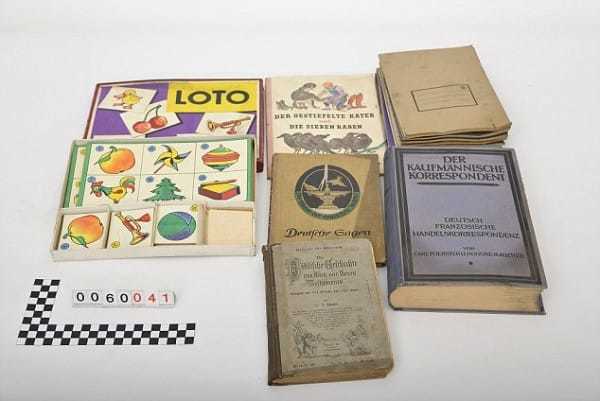Dezember 20 14

3. Die Salzstangen in kleine Stücke brechen und ebenfalls in die Schüssel geben. YouTube 4. Die M&Ms abfüllen und...
September 14 16
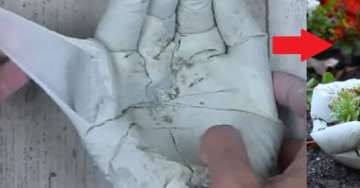
In die Schüssel legst du die mit dem noch flüssigen Mörtel gefüllten Handschuhe, am besten nebeneinander. Achte dara...
Januar 8 15
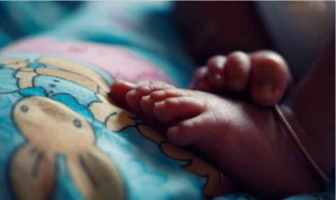
Es scheint das perfekte Happy End zu sein, aber etwas Unerklärliches nimmt seinen Lauf. Imgur – VinothChandar Ein...
Januar 3 17
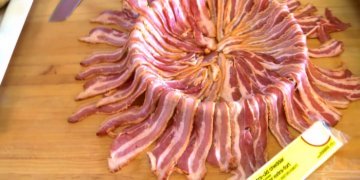
Schritt 3 Die rohen Kartoffeln in dünne Scheiben schneiden. source Schritt 4 Die Kartoffelscheiben in der Pfanne vertei...
März 24 15
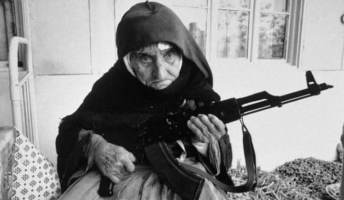
ENIAC (Electronic Numerical Integrator and Computer) war der erste elektronische Computer, der jemals gebaut wurde. Imgu...
Februar 22 16
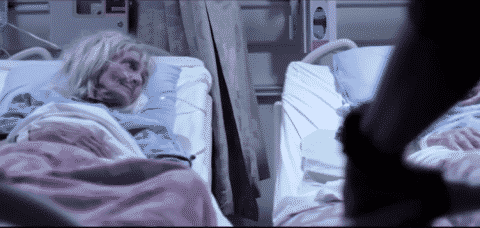
Allein geht niemand von ihnen irgendwo hin. Die Anwesenheit von John gibt Angela die Kraft, doch noch weiter durc...
Mai 23 16
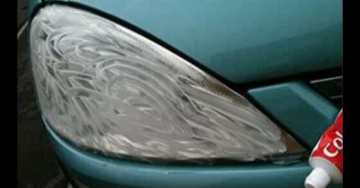
Kühlergrill Flickr/Mark Ordonez Der Kühlergrill ist eine wahre Fundgrube an toten Insekten. Mithilfe von...
April 7 15

Sicher wird der kleine Welpe mal ein sehr guter Wachhund, wenn er groß wird. Aber im Moment ist das Traumland einfach z...
Mai 29 15

#3 Eisbären Eine trächtige Eisbärin gräbt sich eine Höhle in den Schnee in der sie dann in ihre Jungen bekommt. Nac...
Juni 17 15
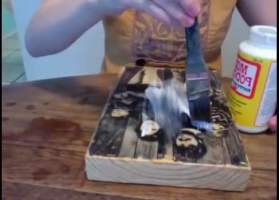
#2 Bestreiche den Holzklotz mit Serviettenkleber. Leg das Bild darauf und drück alle Bläschen weg.
Dezember 23 16

Weitere Folge: Die Naseninnenwände sind irritiert und können sich chronisch entzünden. Das Nasenbohren verletzt die e...
November 10 16

[afterpage]
November 30 15

#2 Der Vierbeiner brachte den kleinen Jungen zu einem Haus. Der heldenhafte Hund hat wirklich das Leben eines Babys, des...
